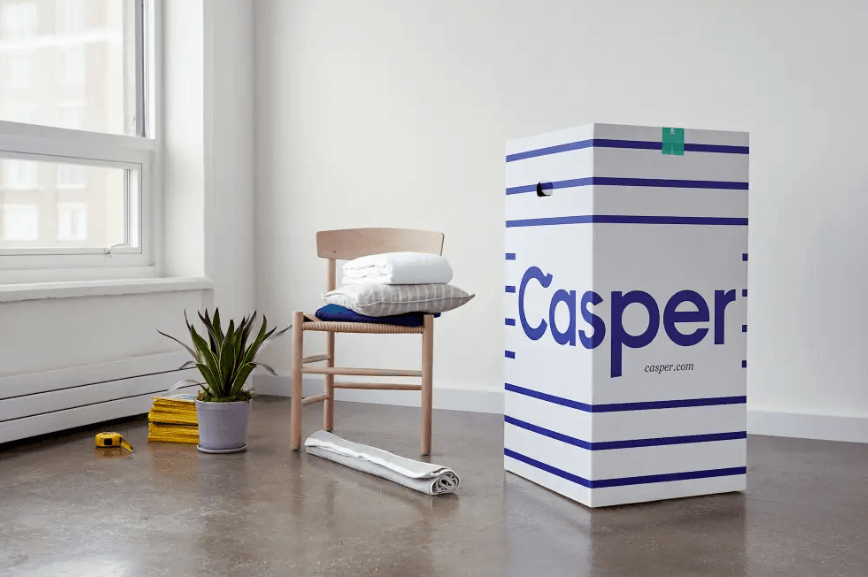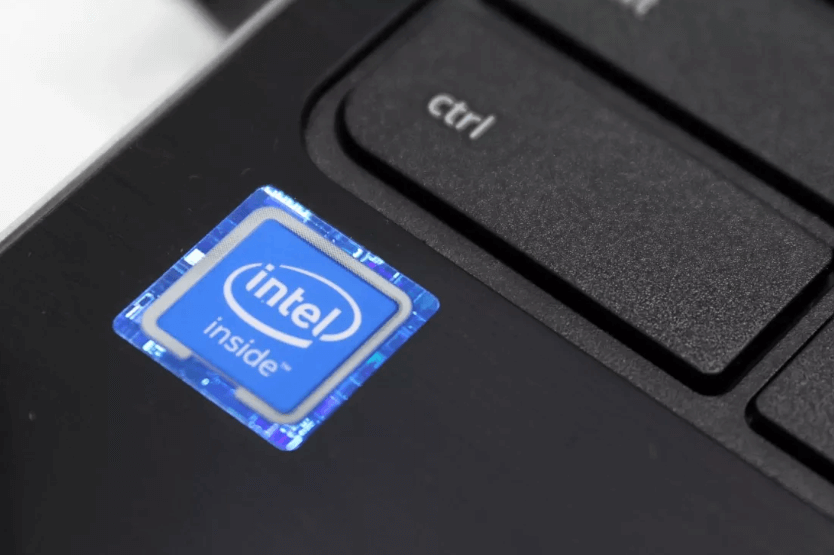When it comes to marketing and brand building, not all categories are equal.
Some categories have features or benefits that are hard to understand for consumers without expert help. Such categories spawn gatekeepers- perceived experts who influence average consumers’ understanding of the subject and hence the brand choice. Examples range from categories as varied as Paints to Processors.
In some categories, the very definition of a good product is that as long as it works well, it is invisible to the consumers, thus leading to extremely low engagement e.g.: Adhesives, Pipes
In such cases, it becomes necessary for marketing to work extra hard to create relevance and recall for the brand. However, when done right, marketing can also make the category interesting and involving, thereby benefiting the industry as a whole. It can also make the brand quickly stand out and garner top-of-mind recognition
In this article, we will showcase examples of some brands that have managed to achieve this and distil the learning from their success into a replicable framework.
We call it the SPUR model of brand building. Let’s deep-dive into it.
S - Tell a Story that resonates
Everyone loves a good story. And brands that can narrate compelling stories rooted in powerful consumer insights will drive engagement and affinity.
For example, Asian Paints wanted to elevate the stature of its product from being a mere paint to becoming a symbol of consumers’ unique relationship with their homes. The brand successfully achieved this with its campaign “Har Ghar Kuch Kehta Hai”.
The insight behind the idea was that to every homeowner, his/her home is an emotional investment, and everyday moments and memories that they create with their loved ones are precisely what transforms a house into a home.
With this masterstroke of a campaign, Asian Paints elevated the image of the category as a whole- making it much more involving and engaging.
Brand stories need not always be emotional. In some low involvement, low purchase frequency categories, brands can command attention and differentiate themselves by painting a vivid picture of what happens if the consumer makes the wrong choice.
A great example of this was the M-seal ad that clearly showed the result of not using the brand.
P - own the Product feature that matters most
The other way is to let the product do the talking by strongly putting it in front and centre of the narrative. Taking a consumer-relevant benefit, that really matters in the category and going all out to own it helps the brand establish an anchor in the consumer’s minds, giving them a strong reason to choose the brand even if they do not have much understanding of the broader category.
For instance, Havells electrical wires strongly landed the point that they don’t catch fire, helping the consumers make their choice in a category (electrical wiring) where gatekeepers (electricians and building contractors) command a disproportionate knowledge and referral power.
U - upend category norms with clutter-breaking innovation
Breakthrough innovations, whether they are in product or customer service, can also change the conversation around the category and inject fresh life into it, often forcing incumbent brands to scramble and follow the lead.
For eg: Casper redefined the mattress category by challenging the status quo of incremental changes in product technology and inconvenient shopping practices. It upended what it meant to shop for a mattress.
The brand employed a revolutionary packaging model that enabled a bulky mattress to be delivered in small boxes (like Amazon shopping), and a 100-day returns guarantee that took the uncertainty out of such a big-ticket purchase.

Perhaps the first mattress brand to have inspired detailed unboxing descriptions:¹
Similarly, Asian Paints changed the norms in the ‘commoditized’ paints and pigments industry. The paint was usually picked by the contractor and had no input from the end user. The choice of colours was anyways very limited.
As early as 1970, Asian Paint bought a supercomputer for ₹8 crores (at that time), the first to ever exist in India.² (For context, this was 10 years before ISRO and IIT Powai, and 22 years before any other company would do the same)
The supercomputer turned into a goldmine of insights, allowing Asian Paint to process tons of consumer data around their choices of colours, SKUs and other variables. It not only allowed the brand to predict the market demand but also enabled it to launch a colour catalogue in 1980s (a category-first initiative) that has now transformed into a sophisticated mix-and-match algorithm – making consumers much more involved with the process of painting their home.
R - Drive Recognition through right partnerships and contextual placements
Brands in categories that are often ‘invisible’ to end consumers, can drive both affinity and recall by the right collaborations and contextual placements. This creates memory structures that lead to clear brand associations.
For instance, Intel provided the chips that powered more well-known tech products like PCs and laptops, but it never had much brand awareness until it launched the ‘Intel Inside’ campaign. While its previous tech marketing had focused heavily on technical specifications designed to appeal to industry insiders, “Intel Inside” was designed as a brand exercise to be accessible to laymen.
While Intel promoted the Intel Inside logo in ads of its own, the campaign depended heavily on a collaborative endeavour in which the company provided subsidies to OEMs who included the logo on their own products and ads, thus encouraging consumers to recognize Intel as a sign of quality and innovation.
This “ingredient branding³”, as Intel referred to it, gave Intel the visibility and social proof it needed to build its awareness far and wide, leading to consumers actively demanding PC manufacturers and assemblers to use “Intel chips.”
In fact, Intel Inside proved so successful that near the end of the 1990s Advertising Age referred to it as the most effective collaboration advertising program in history, “a stellar run in which the chip giant built a brand, influenced a generation of PC users and propelled industry growth.”

Summary
The SPUR model shows how with the right marketing moves even brands operating in categories that are perceived as ‘low involvement’, can elevate themselves above the transactional nature of the categories and sometimes even reshape the contours of the category itself.
It is notable that communication is just one part of the mix- brands can use a host of tools in the marketing mix- including packaging and collaborations to achieve this. If done right, it can help the brand stand out and even command a price premium in cluttered and commoditized categories.
